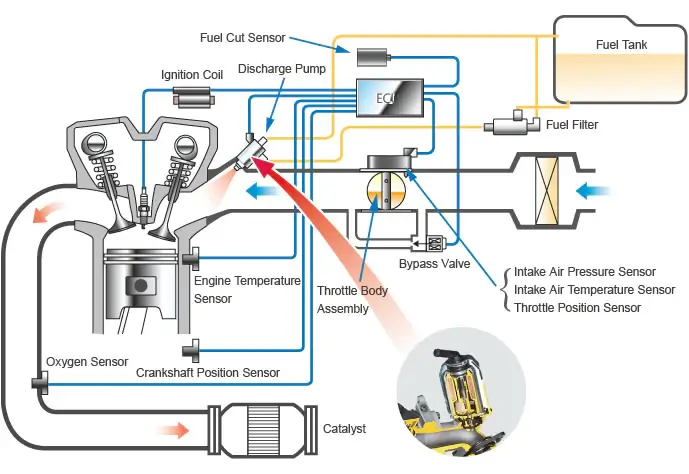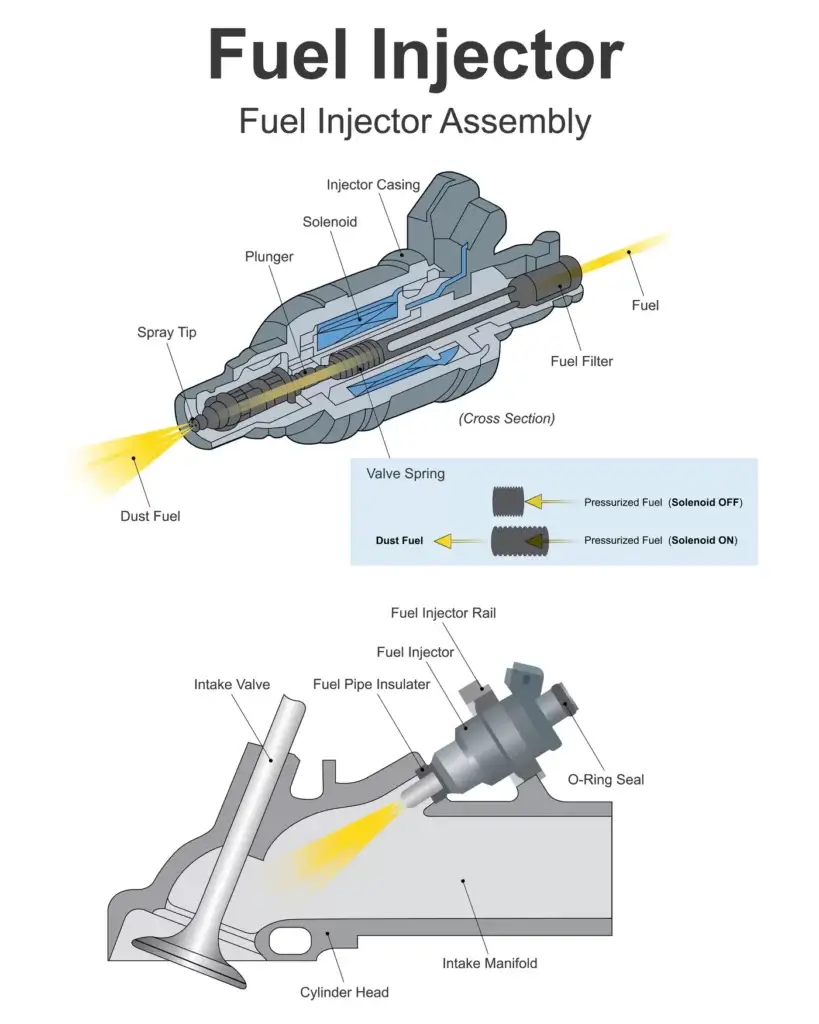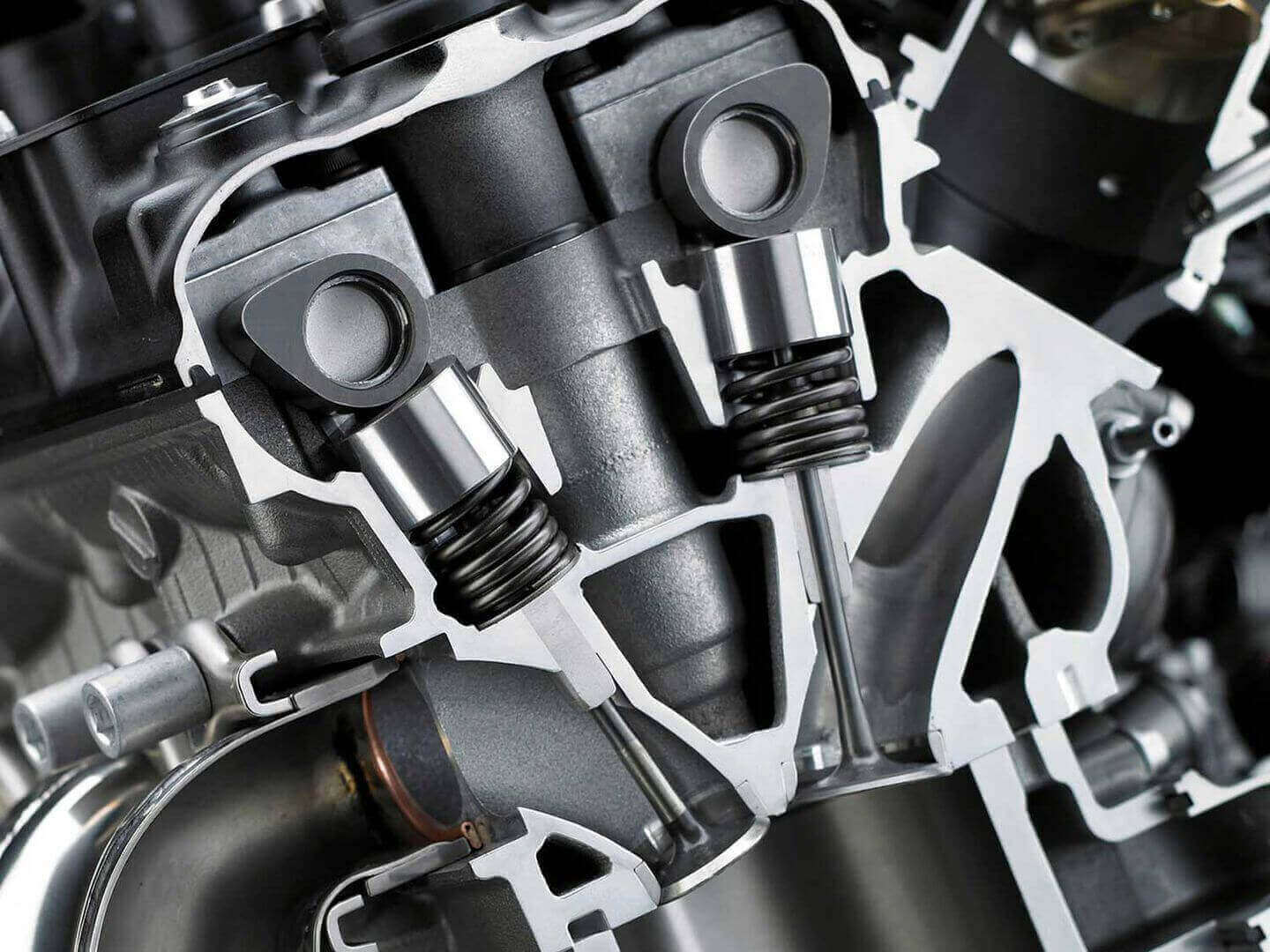Fuel injection has revolutionized the way motorcycles deliver fuel to their engines. Unlike traditional carburetors, fuel injection systems precisely meter and spray fuel into the engine’s intake manifold. In this comprehensive guide, we’ll explore what fuel injection is, how it works, and the advantages and potential drawbacks of fuel-injected motorcycles.
What Is Fuel Injection?
Fuel injection is a sophisticated system used in modern motorcycles to deliver the optimal air-fuel mixture to the engine’s combustion chamber. It replaces the traditional carburetor and relies on electronic controls to precisely regulate the amount of fuel injected into the engine.

How Fuel Injection Works
1. Air Intake:
As a rider opens the throttle, the throttle body’s butterfly valve opens, allowing air to enter the engine’s intake manifold. The volume of air depends on the rider’s throttle input.
2. Sensors:
Modern fuel-injected motorcycles are equipped with various sensors to monitor crucial factors. These sensors include the Mass Airflow Sensor (MAF), Manifold Absolute Pressure (MAP) sensor, Engine Coolant Temperature (ECT) sensor, and Oxygen (O2) sensors. They continuously collect data on air volume, pressure, temperature, engine temperature, and exhaust gas composition.
3. Electronic Control Unit (ECU):
The ECU, sometimes called the Engine Control Module (ECM), is the central brain of the fuel injection system. It processes data from the sensors in real-time and calculates the precise amount of fuel required based on the rider’s throttle input, engine load, altitude, and temperature.
4. Fuel Injectors:
The ECU sends signals to the fuel injectors, specifying how much fuel to spray into the engine’s intake ports. Fuel injectors are typically placed near the intake valves, ensuring that the fuel mixes thoroughly with the incoming air.
5. Timing and Atomization:
The injection timing is precisely controlled to coincide with the intake valve opening, allowing for efficient mixing of air and fuel. Fuel injectors atomize the fuel into fine droplets, enhancing combustion efficiency.
6. Adaptability:
The ECU constantly monitors the engine’s performance through feedback from oxygen sensors placed in the exhaust system. If the mixture is too lean or rich, the ECU can make real-time adjustments to optimize combustion, reduce emissions, and maintain performance.

Advantages of Fuel-Injected Motorcycles
- Precision and Efficiency: Fuel injection allows for precise control of the air-fuel mixture, leading to more efficient combustion. This results in better fuel efficiency, reduced emissions, and improved throttle response.
- Adaptability: Fuel injection systems can automatically adjust the mixture for changing conditions, such as altitude and temperature. This adaptability ensures consistent performance regardless of where or how you ride.
- Cold Starts: Fuel-injected motorcycles typically start more easily in cold weather. The ECU can enrich the mixture during startup, eliminating the need for a choke mechanism.
- Reliability: Fuel injection systems are generally more reliable and require less maintenance compared to carburetors, which can be sensitive to clogs and varnish buildup.
Potential Drawbacks of Fuel Injection
- Complexity: Fuel injection systems are more complex and rely on electronic components, making them potentially more challenging to diagnose and repair in case of issues.
- Initial Cost: Motorcycles with fuel injection tend to have a higher initial purchase price compared to carbureted models.
- Limited Availability: While fuel injection is common in modern motorcycles, older or budget-friendly models may still use carburetors.
Maintenance and Tuning
Maintaining and tuning a fuel-injected motorcycle is crucial for optimal performance and efficiency. Here are some key considerations:
1. Regular Maintenance:
- Air Filter: Keep the air filter clean to ensure unrestricted airflow into the engine.
- Fuel Filter: Replace the fuel filter at recommended intervals to prevent fuel system clogs.
- Spark Plugs: Monitor spark plug condition and replace them as needed to maintain proper combustion.
2. Diagnostics:
- Diagnostic Tools: Invest in a diagnostic tool compatible with your motorcycle’s ECU. This tool allows you to read error codes and perform in-depth diagnostics.
- Software Updates: Stay informed about ECU software updates from the manufacturer, as these updates can improve performance and address known issues.
3. Tuning:
- Dyno Tuning: Consider dyno tuning at a professional motorcycle shop. Dyno tuning involves running the motorcycle on a dynamometer to optimize fuel and ignition maps for peak performance.
- Fuel Maps: Some motorcycles offer user-adjustable fuel maps. Fine-tune these maps or consult with a professional tuner to optimize performance for your riding style.
4. Throttle Response:
- Throttle Sync: Ensure that the throttle bodies are synchronized for consistent throttle response across all cylinders. An imbalance can lead to performance issues.
5. Fuel Quality:
- Use Quality Fuel: Always use high-quality fuel to prevent fuel system issues and carbon buildup in the engine.
6. Oxygen Sensors:
- Oxygen Sensor Replacement: Oxygen sensors can degrade over time. Replace them according to the manufacturer’s recommendations to maintain accurate feedback for the ECU.
Fuel injection has transformed the world of motorcycles, offering precision, performance, and efficiency. By precisely regulating the air-fuel mixture, fuel-injected motorcycles deliver consistent power, better fuel economy, and reduced emissions. While they may come at a slightly higher initial cost and require more advanced diagnostics when issues arise, their advantages make them the preferred choice for modern riders who seek optimal performance and minimal environmental impact. Whether you ride a sportbike, cruiser, or adventure bike, fuel injection technology enhances the overall riding experience, making motorcycles more powerful, responsive, and environmentally friendly than ever before.

